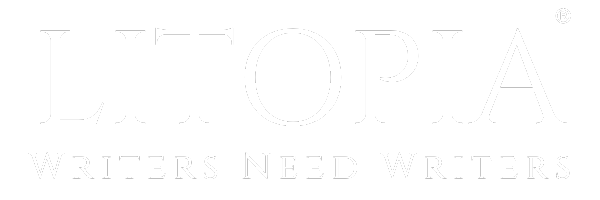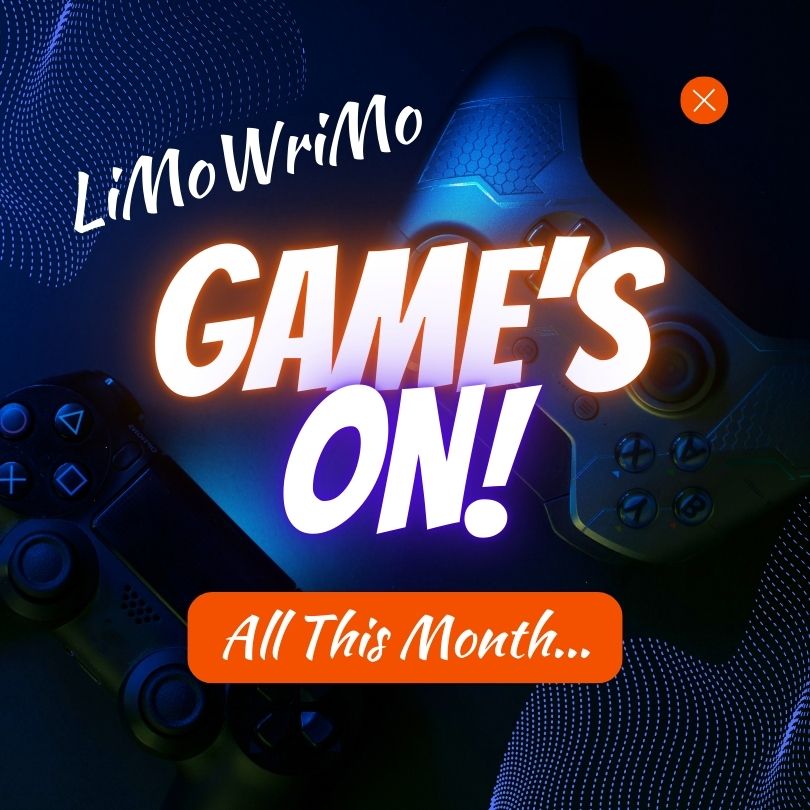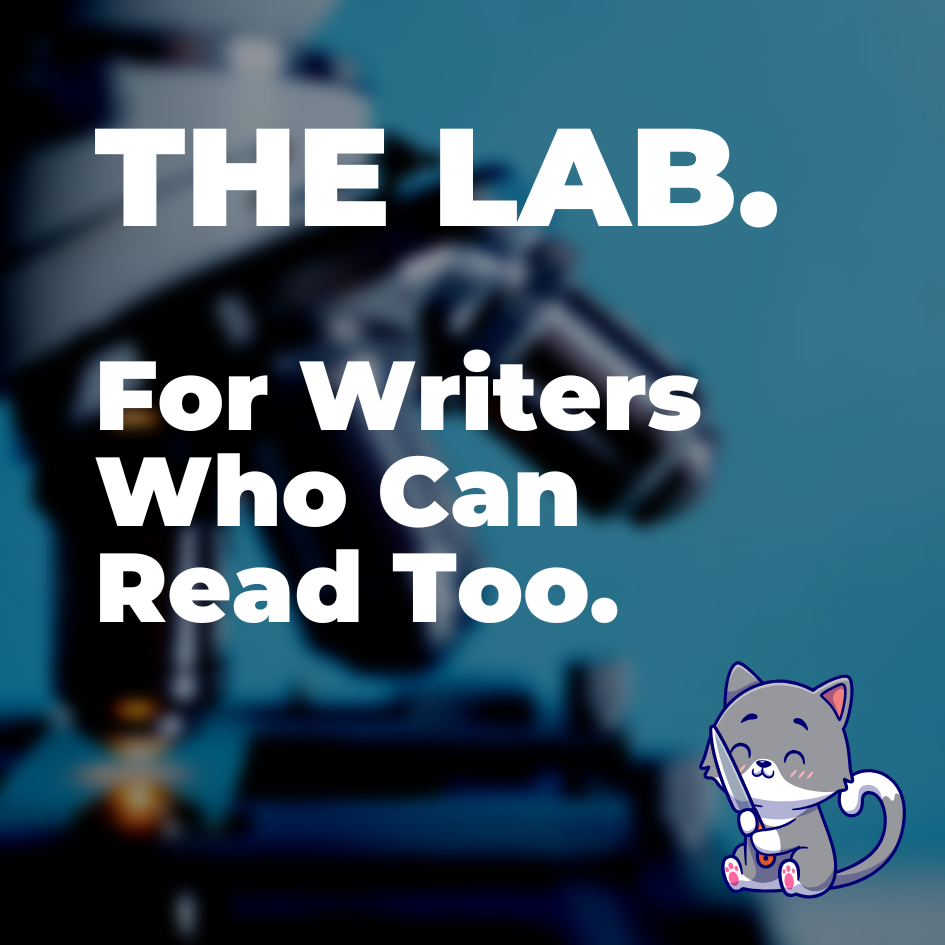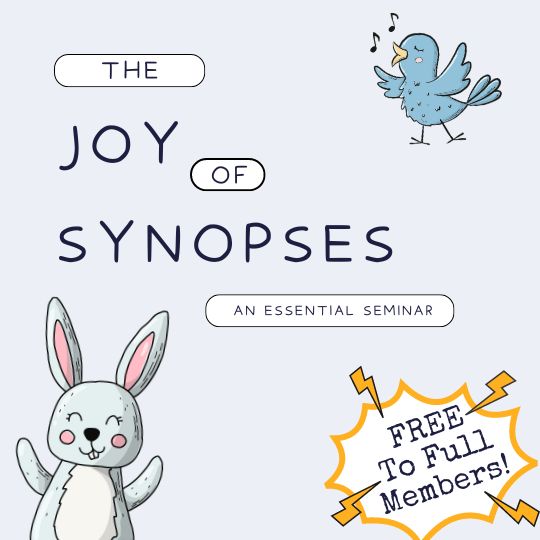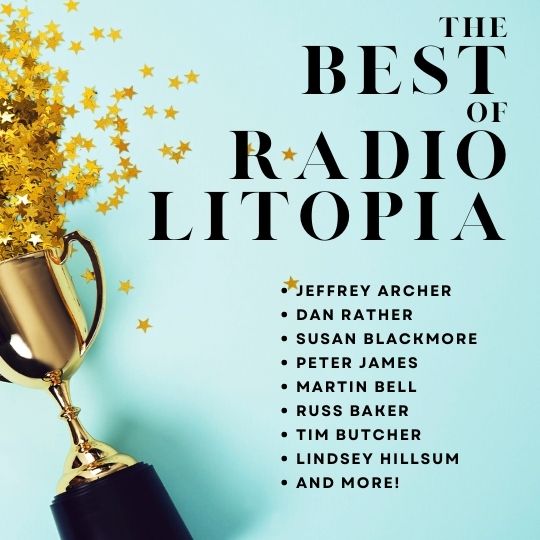Carol Rose
Basic
BACKSTORY
We’ve done Craft Chat posts on Exposition, World Building and Description, and most recently, Foreshadowing. Each of these topics plays a part in backstory. How you weave in description, how you build your world for your readers, the info you give them via exposition, and how you foreshadow important themes or major events also enables you to sprinkle in backstory.
Notice I said SPRINKLE. Backstory should be dribbled in. It should be almost invisible. And by that I mean, you don’t want to hit your readers over the head with it, or shove it into paragraphs and paragraphs of info dump or worse… italics. UGH.
I see writers struggle with this quite often. What do I do with this super important scene leading up to my story? How do I get that information in there? Should I do a prologue? Should I write the flashbacks in italics so the readers knows he’s in the past?
Generally speaking, more than a paragraph or two at most of italics is very difficult to read. If you must jump from present to past and back again, and there’s a very good reason to do this rather than find another way to get vital background information into your story, it’s far less jarring to a reader to use a chapter or scene break to make those jumps.
A better idea is not to do that at all, unless we’re talking something like The Time Traveler’s Wife, Water for Elephants, or The Girl with the Dragon Tattoo. But those authors knew what they were doing and they made it work in a way that didn’t confuse the reader, or hit them over the head with the obviousness of it.
For the rest of us, sprinkling in backstory is no different than what we talked about in the past Craft Chat posts linked in the first paragraph. You, as the author, will always know far more about your characters’ pasts than the reader will, and that’s fine. Only give them what is essential to the story, and what you can tie in with the present story, for the same purposes we’ve talked about for Dialogue. Move the story forward, give the reader new and important information, show characterization.
If your backstory info doesn’t accomplish at least one of those, it doesn’t belong in the story. It’s fluff and filler.
But I NEED this to set up the story!
Again, ask yourself WHY. Is it going to move the present story forward? In what way? If the reader never knew this piece of the past would it matter? What does this scene you think you so desperately need to write show the reader about the character? Is there another way to show this? What information for the present story does this scene give them that they can’t get another way?
Answer those questions first. Often, once you do, you’ll realize there’s another way to give the reader this information than a long info dump, or a prologue that doesn’t really work. You may even realize that you don’t need it to be separate and so disconnected, because you’ve started your story in the wrong place.
And that brings me to my next point about backstory. If your start has to start with loads of it in order for the rest of that story to make sense, then you need to reconsider your story. Backstory shouldn’t be the story. It should enhance it, not be necessary for your story to make any sense.
But everyone has a past!
Yes, of course they do. But when you meet someone new is that the first thing the two of you talk about? Their long and involved past? Well, in certain circumstances it might be, but generally speaking no, it is not. I mean who cares? If I met someone in a social situation and the first thing they did was start telling me a long story about their past, and what they believed it meant to me, in the here and now, I’d be excusing myself quickly, and would avoid them for the rest of the time.
Just as someone’s past in real life is only interesting to them, or perhaps to their therapist, your story shouldn’t focus more on your character’s past than on his present story. The books I referenced above are exceptions, of course, because those stories are structured in such a way that the past weaving in with the present is what makes up the story. So unless you’re trying this specific literary technique, you want the backstory to be where it belongs – in the background.
We’ve talked about how adult characters, and really even children, come to the present story with a past. No one is a blank slate. So of course you want your readers to acknowledge and understand that your character has a past, and that past impacts the present story. But there are subtle ways to show this. Ways that don’t scream THIS IS IMPORTANT BACKSTORY! MAKE SURE YOU READ IT!!!
Suppose your character’s mother died in a horrific car accident when your character was ten, and her relationship with her father had already been strained. She left home at eighteen and hasn’t been back since. She barely speaks to any of her family members. When she meets the hero of the story, she quickly learns his family is very close-knit, both his parents are still alive and well, and family ties are important to this man.
Our heroine has never really healed from the trauma of her childhood, and is just fine with keeping it tucked away in a dark corner of her mind. But you want these two to get together. Your heroine dealing with her past, and becoming close to a person whose childhood seems idyllic to her is a huge part of the story. That incongruity is a large piece of their conflict.
How do you show this? How do you reveal your heroine’s tragic past without a massive info dump, which would be emotionless and fall flat on the page? Or worse, without a Hollywood-type melodrama where the heroine finally has a breakthrough, cries for ten pages, and suddenly all is well?
You have several options, depending on what else comprises your story. She could have flashbacks or nightmares. But you don’t need these to go on and on. Really all you need is a sentence or two. Something in the present that sparks a memory, or causes her to zone out for a second or two as the past threatens to overwhelm her emotions.
Then you build on this as she learns in some way to heal, or at least start the healing process, from her childhood. She learns to trust again. Maybe even the hero learns something. Like that not everyone had the perfect childhood, and he is blessed to have had his. Perhaps he’s always taken it for granted? Once he gets to know the heroine, he realizes there’s an entire world out there he never really opened his eyes to. Or maybe something terrible happens to one of his parents or another close family member, and because the heroine is equipped to deal with these types of losses much better than he is, she ends up helping him deal with it in a way no one else could?
I wrote a dark, contemporary romance called Undeniable. The heroine is a paralegal who lost two years of her life to retrograde amnesia, because of a traumatic event when she was still in high school. The hero is a police detective who finally has a lead on the killer of a young man in a frat house twelve years earlier. As the story unfolds, guess who he slowly comes to believe is the killer? Problem is, she has no memory of it. She’s blocked it out. Oh, and one more complication for him. He’s been dating this woman for months, and is crazy in love with her.
Yes, lots and lots of research went into this one. I talked at length to two close friends. One is a psychologist and one works for the police department in my home town. I wanted to make sure I got the details right because if you’re going to write something like this, you’d better not screw it up or make it into a Hollywood movie. Your readers will never forgive you.
The reader didn’t get any info dumps. The reader found out the heroine’s past along with the hero, as the pieces of his investigation fell into place, and he wrestled with doing the right thing versus protecting the woman he loves. The reader eventually relived the memory she’d blocked, once her therapist had her in a place where she could tolerate trying to recall the missing two years under hypnosis. Before that, all she had were disturbing images now and then, and the same confusing nightmare that never got her any closer to answers.
When I read stories, I very much prefer to find out details about a character’s past from the POV of another character. As a writer, if you use this technique instead of info dumps, prologues, or even long flashbacks, you have the added advantage of writing in emotion and a growing relationship (assuming there is one) between the two characters. At the very least, you can flesh them out into three-dimensional people with scenes like that.
You show characterization, you give the reader new and important information, and you move the story forward. The big three! Just like in dialogue. See how that works here, too?
Here are some links with helpful information on how to successfully weave backstory into your novel.
How to Weave Backstory Seamlessly Into Your Novel
Working in backstory | Rachel Neumeier
Character Background: 7 Tips to Write Better Backstory | Now Novel
Use These 5 Tips to Create a Backstory | NY Book Editors
How to Write Backstory but Not Bog Down your Book | Now Novel
They each offer essentially the same advice, and they summarize the key points we’ve been talking about. I hope you find them helpful.
That’s it for this CRAFT CHAT post! Happy writing!
